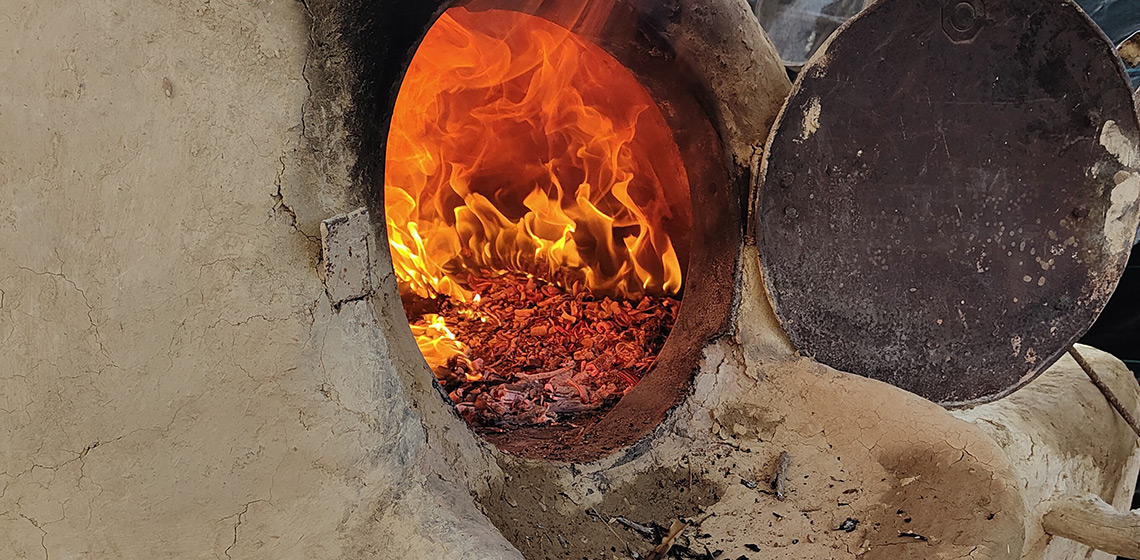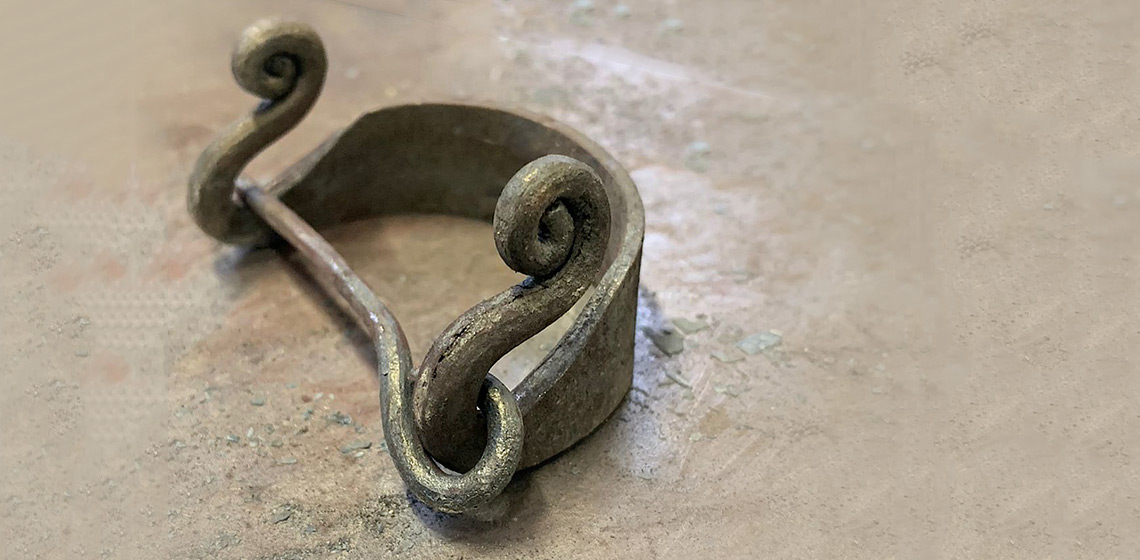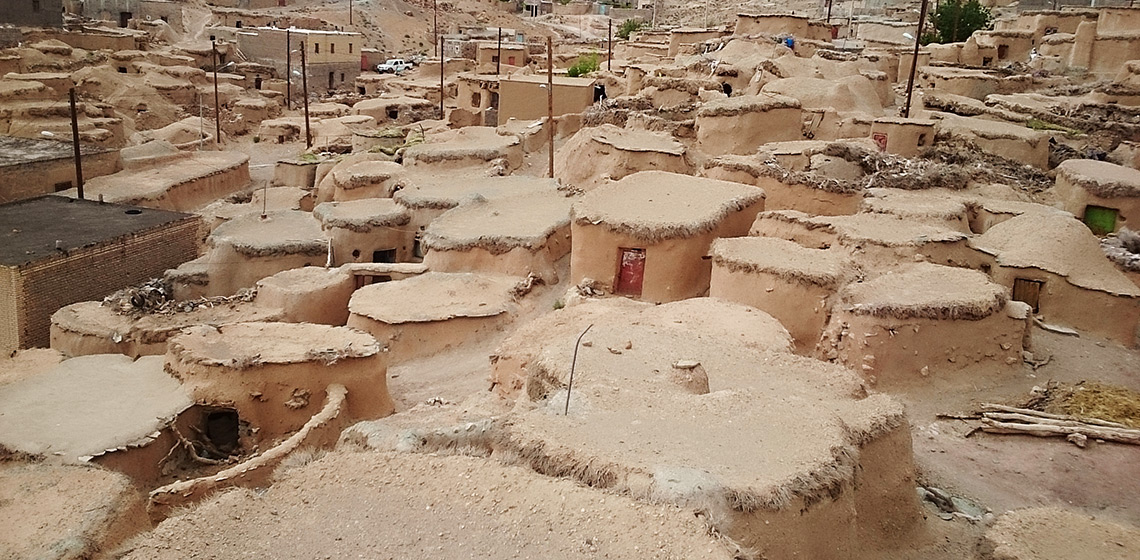Ancient & Traditional Technology
Ancient & Traditional Technology (A&TT) is the research & execution of ancient, historic or traditional techniques which we are aware of from archaeology. It is the presentation of past crafts & techniques purely as behavior, and does not require costumed interpretation or an experimental goal. A&TTs should preserve their originating context of time & space. A&TT is replication or reconstruction with the intention of a tangible product. Practice and skill development in the technology are of great value and should always precede controlled experimentation. Many public demonstrations such as bronze casting, iron smelting or stone and bone processing are Ancient & Traditional Technology.
Featured Ancient Technology Events
There are no results we can show you which match your search query. Please modify your search.
Featured EXARC Individual Members skilled in Ancient Technology
EXARC
Stichting Erfgoedpark Batavialand
att. EXARC
Postbus 119
8200 AC Lelystad
the Netherlands
Website: EXARC.net
Email: info@exarc.net
Creative Commons Licence
The content is published under Creative Commons Attribution Non-Commercial 4.0 License. If you have any queries about republishing please contact us. Please check individual images for licensing details.















